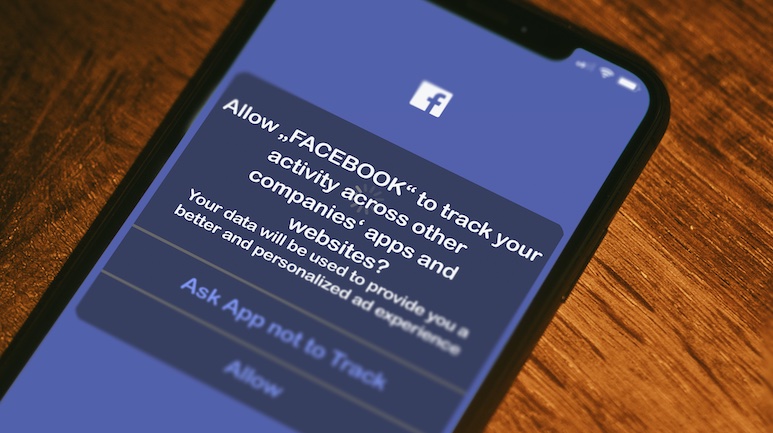Digital advertising is changing, but not in the blink of an eye. It’s more like a gathering storm in the distance.
For a few years, concerns about privacy and abusive tracking in the digital advertising industry have led consumer groups, legislative bodies, and even technology companies to limit how platforms track individuals across websites and devices.
These various initiatives come from the Electronic Frontier Foundation, the European Union, and even Apple and Google. They have names like the General Data Protection Regulation, the California Consumer Privacy Act, and Apple’s App Tracking Transparency framework.
Here’s the key. They already impact digital advertising performance. And if Google abandons tracking cookies — the company has postponed the demise multiple times — the damage to advertising’s return on investment could be significant.

Apple’s rollout of its App Tracking Transparency initiative began in May 2021 with iOS 14.5.
Preparation
Many ecommerce businesses — brands, retailers, B2B — rely on digital ad targeting and predictable customer acquisition costs on the Meta platform.
If the current targeting methods become obsolete, advertisers must find other ways to drive profitable sales. One option is building first-party databases to create audiences without necessarily tracking those users all over the internet.
Today, enterprise business and media agencies typically use demand-side platforms to purchase digital ads. Google Ads and Meta Ads are examples of DSPs, although many others permit advertisers to purchase inventory on anything from a website to a streaming television show.
DSP advertisers can set frequency targets so that an individual will see an ad precisely 10 times, for example, in 48 hours. This cap could include every cross-channel placement: website, email newsletter, social media platform, streaming service, and search engine.
Advertisers can control how often messages are shown, their sequence, and predict whether a shopper is likely to buy. It’s seemingly the golden age of digital ad targeting.
But the dark ages are coming.
Walled Gardens
Increasingly, DSPs are losing cross-platform tracking abilities. Google, Meta, and Disney+ are becoming so-called “walled gardens.” When it runs a campaign on Disney’s streaming service, a company can track the performance only of that ad and not on other platforms.
Hence a consumer who clicks an Instagram ad and buys something from an ecommerce website may continue to be bombarded with messages on other channels.
First-party Data
A solution for brands and agencies is building first-party customer data.
A business could start now and purchase a large customer database as the “trunk” in its new “tree.” Buy MasterCard’s consumer database, which is still available, and the business will have a purchase history too. Finally, add in the company’s sales data, and audiences can be developed before you know it.
Ad professionals call this trend “the first-party data arms race” since many believe assembling data now, before complete or partial signal loss, is like preparing for a storm.
So how is this done?
Advertising agencies are creating massive data repositories with all the information they can gather on American consumers. If the world becomes cookieless, the agencies can still develop audiences, manage frequency, and create profitable campaigns.
But enterprise ecommerce merchants — brands, retailers, B2B — should also get into the data collection habit. This could mean offering incentives for shoppers to create accounts. It might include new forms of content marketing aimed at capturing customer info, and it may involve expanding into other advertising mediums solely to collect data.
Each of these strategies has merit. But the key is to start now, before all tracking changes.




